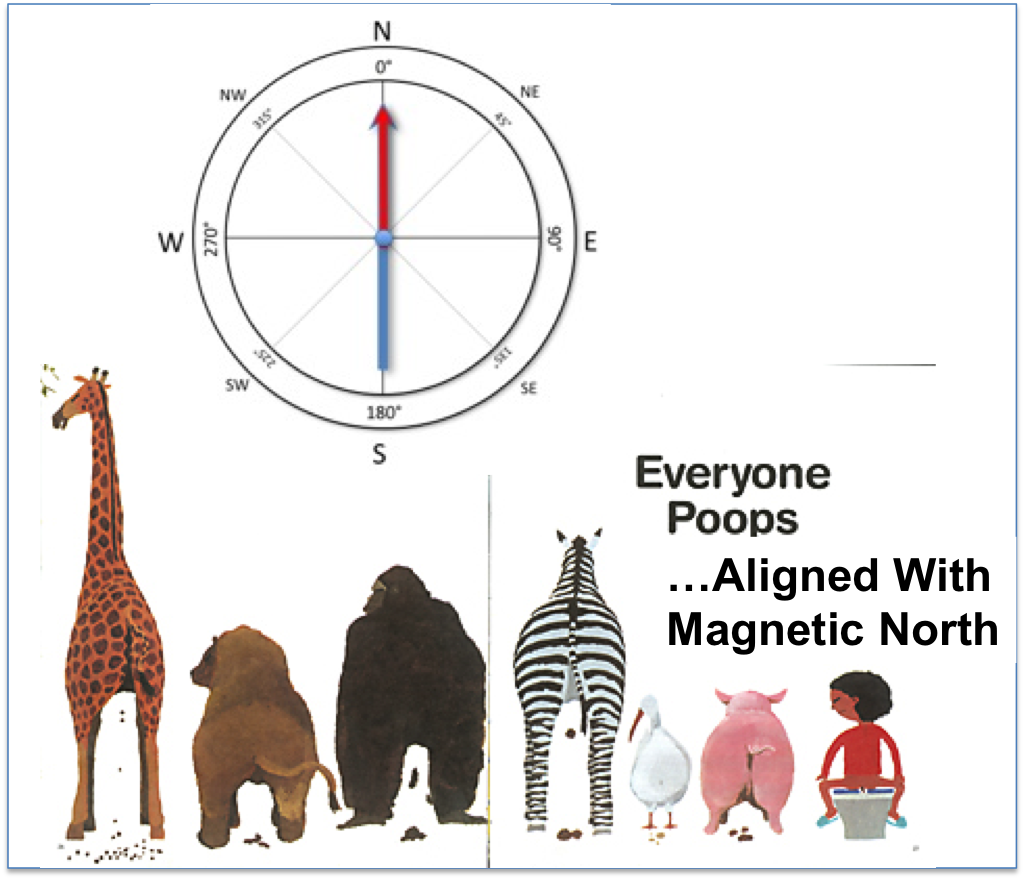Like most ecologists, I love talking about a good trade-off. Survival-reproduction, virulence-transmission, rate-efficiency, generalist-specialist. We’re not the only ones. Myrmecologists talk about their dominance-discovery, the physicists, about force-velocity (P=Fv), and consumers curse the trade-offs between cost and performance. The more we look for trade-offs the more we find — but why are we always looking?
A week ago I was sitting in Andrew’s office and we were talking about trade-offs like good biologists, when Andrew said something to me that I’ve been hoping was true for the good part of the last year: we shouldn’t always expect trade-offs. “Cars are expensive. Houses are expensive. We should see a trade-off between nice cars and expensive houses. But the fact is, we don’t.” We see the opposite: people with expensive cars, have expensive houses. People with cheap cars, live in cheap apartments.
Trade-offs are trendy. In some cases, I think we look for trade-offs for good reason. In others, I wonder if our focus on always looking for trade-offs has masked our abilities to see interesting counter-examples. Agonistic pleitropy (as opposed to antagonistic)? Synergies? Fast-and-efficient instead of fast-and-inefficient (rate-yield trade-off)?
Jeremy Fox wrote a recent blog for Oikos making a point for why trade-offs should be expected in ecology and evolution. Both Fox and Rowe (Rowe wrote this article that inspired Fox’s post), assumed that the two traits trying to be maximized are on opposing axes (one trait is on the x axis and one on the y axis) so if you randomly fired a shotgun at their graph of y vs. x, the closer the shot was to high x values, the further the shot would be from high y values. What confuses me is why we assume they are on opposing axes? Maybe two traits are two lines on top of each other (falling on the same axis) or are two squiggly lines that interlace and share peaks at some points, and have opposing peaks at other times.
Why do I think alternatives to the x and y axes ideas are possible? Because we see things like balancing selection (if a trade-off coming from one trait is frequency dependent maybe there are squiggles in our trait lines?), evolutionary spandrels (if there’s no mutational decay maybe maintenance costs don’t exist?), and “jack-masters” (what trade-off?).
Trade-offs everywhere and very little talk of alternatives makes me wonder if it’s nature or a human looking problem. I think I could be convinced of both but I’m reminded of something one of my favorite college professors used to say at the end of class: “The more we look, the more we find.” He would pause to put his notes down for a dramatic effect (which wore off by mid-April), and then we’d all look at the board and his wry smile. In my head he was saying: Hey, life is interesting. But remember this interesting life is subject to sampling bias.
 I spent much of my day working on a case report I am doing with Dr Bob. It concerns a patient who died from overwhelming evolution. This is my first ever n=1 paper. That number is in shocking contrast to our recently accepted MDV paper, led by Dave, which involved 287 billion subjects. Is that a record in ecology and evolutionary biology?
I spent much of my day working on a case report I am doing with Dr Bob. It concerns a patient who died from overwhelming evolution. This is my first ever n=1 paper. That number is in shocking contrast to our recently accepted MDV paper, led by Dave, which involved 287 billion subjects. Is that a record in ecology and evolutionary biology?
